
Vietnamese enterprises urged to be more proactive to utilise CPTPP
Latest
| TIN LIÊN QUAN | |
| CPTPP – challenges for Vietnamese businesses | |
| Vietnam, Hong Kong to promote trade amid US-China tensions | |
The CPTPP has been identified as a new-generation FTA. Could you clarify the differences between the CPTPP and older generation FTAs?
The CPTPP is the highest and most comprehensive standard FTA that Vietnam has ever joined. There are many differences in this new-generation FTA compared to the older generation agreements in which Vietnam has participated.
Firstly, in terms of the scope of commitments, the CPTPP has a wide range of issues, with many new issues that older generation FTAs did not have. For example, Vietnam’s FTAs within the ASEAN framework mainly focus on trade in goods (tariffs, rules of origin, customs procedures etc.). The areas of trade in services and investment have limited commitments, only equal to or slightly higher than WTO’s commitments. Other non-commercial issues (labour, intellectual property, environment etc.) are hardly mentioned. However, the CPTPP is completely different, as almost all of the problems related to modern trade, whether it is pure trade or non-commercial issues all have significant commitments in the CPTPP. In particular, the CPTPP also has content that Vietnam has committed to in an FTA for the first time, such as the right to link of workers, opening the public procurement market, and State-owned enterprises.
 |
| Master Phung Thi Lan Phuong, Head of the Free Trade Agreement Office under the WTO and Integration Centre, the VCCI. (Photo: NDO) |
Secondly, on the level of commitment, the CPTPP sets higher standards and also imposes multiple new standards compared to older generation FTAs. In the field of commodity market opening, for example, the CPTPP requires countries to eliminate almost 100% of tariff lines, with the tax rate removed immediately after the trade pack comes into force at an average of about 80%. Meanwhile, most of the older generation FTAs that Vietnam joined have a rate of tax elimination which reaches only about 80-90% of the total tax lines at most. In addition, commitments on services and investment in the CPTPP also set very high standards, both in terms of liberalisation, the opening of service and investment markets, and protection standards for foreign service providers and investors. The issues of e-commerce, telecommunications, intellectual property, and State-owned enterprises have many new standards for Vietnam.
Finally, with such a wide range and high level of commitments, the CPTPP is expected to have a stronger and more comprehensive impact on Vietnam than the older generation FTAs. The impact of the CPTPP will not only be in the economic aspect (affecting import and export and foreign investment in Vietnam) as most previous FTAs, but also social aspects (affecting labour structure and workers’ income). In addition, the CPTPP will also significantly change the legal institution system (as Vietnam has to amend legal documents to implement the CPTPP) and Vietnam's business environment (when the high standards in the CPTPP are applied to liberalisation, transparency and equality it will change the business environment in Vietnam).
At present, the CPTPP has been approved by only seven out of 11-member countries. So what are the differences in good exchanges between Vietnam and the six countries where the CPTPP has been approved compared to that in the remaining four CPTPP member countries?
The CPTPP will only be valid for countries that have ratified it. Therefore, the present agreement will only be effective among the seven countries that have approved the CPTPP, including Vietnam.
In commodity exports, only goods exchanged among the seven CPTPP approved countries will enjoy preferential CPTPP tariffs if the rules on origin are met under the agreement. As for goods exported from the seven countries that have ratified the CPTPP to the four countries that have not yet ratified it, and vice versa, they will be carried out normally without preferential tariffs according to the CPTPP.
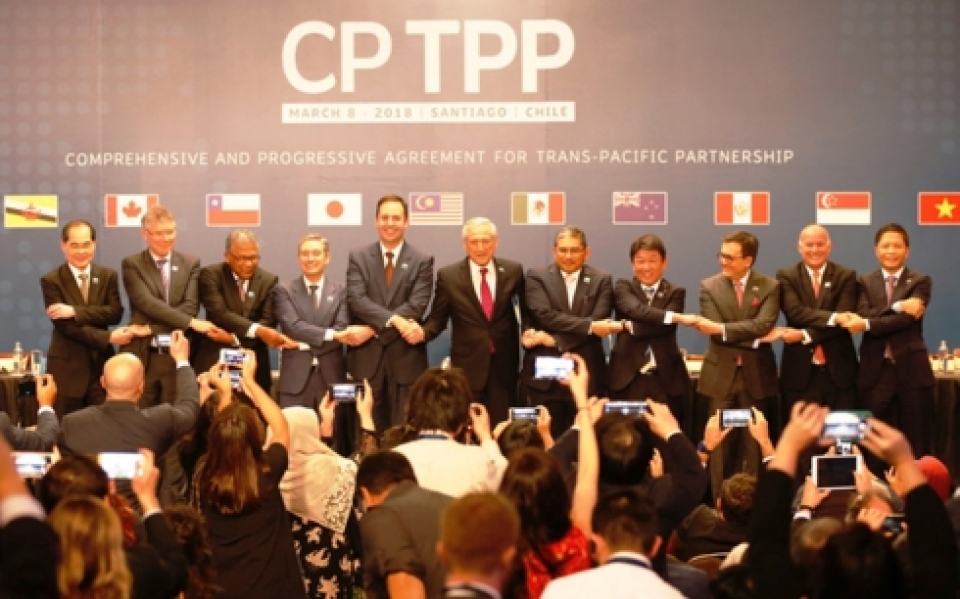 |
| The CPTPP is a free trade agreement between Australia, Brunei, Canada, Chile, Japan, Malaysia, Mexico, New Zealand, Peru, Singapore and Vietnam. |
However, it should be noted that the CPTPP is effective from December 30, 2018 for six countries, including Japan, Canada, Mexico, New Zealand, Singapore and Australia. Therefore, the first tariff reduction in the six countries was on December 30, 2018, and the second reduction was on January 1, 2019 (except for Japan, on April 1, 2019).
For Vietnam, as the agreement became effective from January 14, 2019, the country will be entitled to tariff reductions after nearly two years because the time of starting tax reduction was on December 30, 2018.
For countries that will ratify the CPTPP later, the tariff reduction schedule will be mandatory from December 30, 2018, regardless of the time that the countries approve it.
Thus far, what has Vietnam done to take the opportunities and advantages from the CPTPP?
On the Government side, the review of domestic legal documents that need to be amended and supplemented to implement the CPTPP has been carried out recently, since before the CPTPP was effective. However, as the CPTPP is a large agreement with complex commitments, the continued review and subsequent issuance of the CPTPP enforcement documents need to be done more synchronously and comprehensively with close coordination between the relevant agencies and the business community.
On the business community side, enterprises have actively explored the content of the CPTPP before the agreement came into effect to develop new business strategies to take advantage of the opportunities brought about by the CPTPP when it came into effect. However, most Vietnamese enterprises, especially small and medium-sized enterprises and those in rural and mountainous areas are still not really paying attention to preparations for the CPTPP.
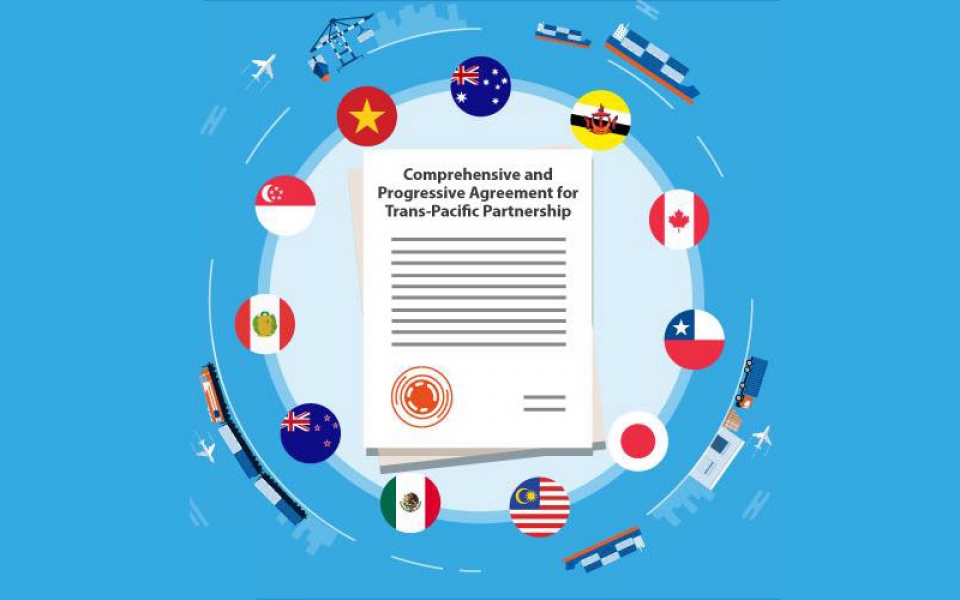 |
| The benefits of the CPTPP are attracting other economies. |
In addition to understanding the CPTPP, the preparation of business on production strategy and competitiveness enhancement is indispensable to help them be able to meet the conditions and benefit from the CPTPP. However, many of them are still facing difficulties in accessing market information, legal knowledge, foreign language capacity, technology and capital to boost production and market transformation to take advantage of opportunities from the CPTPP.
For VCCI and business associations, in recent years there have been multiple activities to support businesses regarding the CPTPP. The WTO and Integration Centre under the VCCI has set up a column on the CPTPP on the centre’s portal to offer the entire CPTPP documents, together with the relevant summaries, guidelines and news. The centre has also published a summary manual on the CPTPP for businesses, while organising events on the CPTPP and establishing a hotline to answer business questions on all issues related to the CPTPP. Furthermore, several business associations have also actively organised seminars and training courses to provide information and guidance for member enterprises about the CPTPP.
The CPTPP provides export opportunities for Vietnamese businesses but also puts pressure on them regarding competition. So what should Vietnamese enterprises prepare for in this new playground?
For the CPTPP or any other FTAs, to take advantage of opportunities and reduce challenges, perhaps only one common formula needs to be applied - but Vietnamese enterprises have so far not been able to effectively use it - that is activeness.
Enterprises need to actively survey the content of the CPTPP. The agreement is huge with many complicated contents, but for exporters it is only necessary to pay attention to the commitments on tariffs and rules of origin. Tariff commitments will tell businesses how their goods will enjoy preferential tax rates when exported to CPTPP partner countries, with specific roadmaps to cut taxes each year. Meanwhile, in order to enjoy preferential tariffs, enterprises must understand and meet the rules of origin under the agreement. This is extremely important because in order to obtain the certificate of origin of the CPTPP, or self-certification of origin under the CPTPP, enterprises must obtain the certificate of origin of the CPTPP for raw materials from the initial stage when importing materials to serve the certification of CPTPP origin for later finished products.
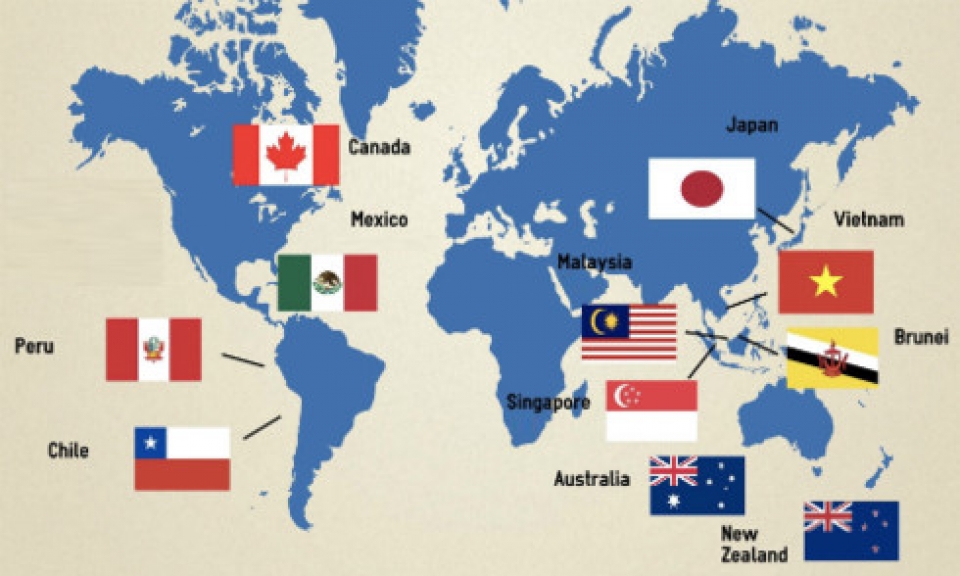 |
| Illustrative image. (Photo: vov.vn) |
Enterprises need to actively change their production processes and raw material sources to meet the rules of origin under the agreement. Tariff preferences in the CPTPP are very large, but the origin requirements are not easy. Vietnamese enterprises' raw materials are imported mostly from non-CPTPP countries such as China and several ASEAN nations. Therefore, if enterprises do not proactively change the production process and divert the import source to domestic sources or from CPTPP member countries, it will be difficult for them to meet the rules of origin of the CPTPP and probably won’t be entitled to preferential tariffs from the agreement.
Finally, in the long run, domestic enterprises need to actively improve product quality, professionalise the sales process and actively build and promote their brandnames to improve competitiveness. This seems to be the weakest stage for Vietnamese enterprises to approach the world market. FTAs only help Vietnamese enterprises to easily cross the border with low tariffs, but do not guarantee that their products can penetrate deep into the markets and be favoured by consumers in the import countries. Vietnamese enterprises so far are mainly raw exporters and outsourcing partners to foreign brands with low value. It is clear that this is a problem in production, business operation and competitive strategy and it needs to be solved by domestic enterprises to adapt to the international market to compete with foreign partners.
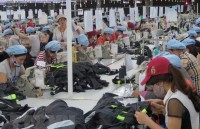 | CPTPP – latest demonstration of trade liberalisation in Asia-Pacific The Comprehensive and Progressive Agreement for Trans-Pacific Partnership (CPTPP), which came into force in Vietnam on January 14, will support free trade amid ongoing global ... |
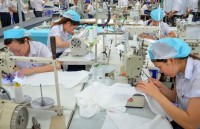 | CPTPP comes into effect for Vietnam on January 14 The Comprehensive and Progressive Agreement for Trans-Pacific Partnership (CPTPP) is set to come into force for Vietnam on January 14, following the National Assembly’s ratification ... |
 | CPTPP boosts economic integration in Asia Pacific The Comprehensive and Progressive Agreement on Trans-Pacific Partnership took effect on December 30, creating a free trade area of 11 countries in the Americas, Asia, ... |

















